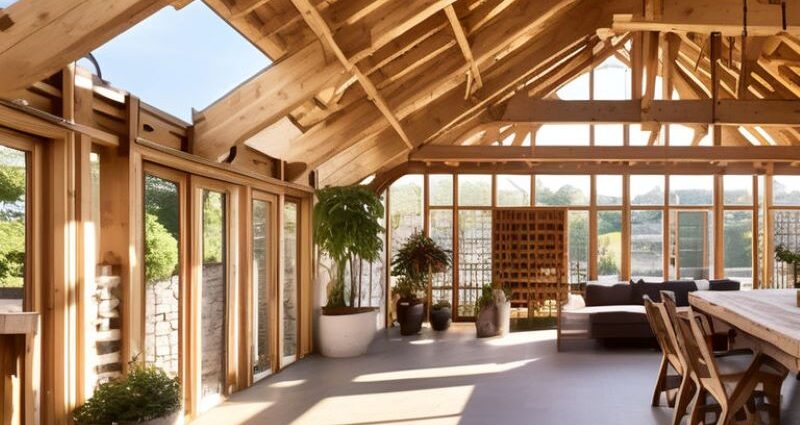In the realm of structural engineering, few elements are as integral to the stability and functionality of a building’s roof as the roof truss. In the dynamic landscape of South African architecture, where diverse climates and terrain present unique challenges, the design and implementation of roof trusses hold paramount importance. This article aims to delve into the fundamentals of roof trusses, exploring their construction, advantages, and significance within the context of South Africa’s architectural landscape.
What is a Roof Truss?
A roof truss is a structural framework designed to support the roof of a building. Comprising interconnected components, such as beams, posts, and braces, roof trusses distribute the weight of the roof evenly across the structure, ensuring stability and load-bearing capacity. They are typically fabricated from wood, steel, or engineered lumber, depending on factors like budget, design requirements, and local building codes.
Components of a Roof Truss
- Top Chord: Also known as the rafters, the top chord of a roof truss runs horizontally along the top edge of the structure, providing support for the roof covering.
- Bottom Chord: Situated parallel to the top chord, the bottom chord forms the lower edge of the truss, offering additional support and stability.
- Web Members: These diagonal or vertical members connect the top and bottom chords, transferring the load from the roof to the supporting structure.
- Connectors: Nails, screws, or metal plates are used to fasten the various components of the truss together, ensuring structural integrity and stability.
Advantages of Roof Trusses
- Efficiency: Roof trusses are prefabricated off-site according to precise specifications, reducing construction time and labor costs.
- Strength: By distributing the weight of the roof evenly, trusses can support heavier loads than conventional roof framing methods.
- Versatility: Truss designs can be tailored to accommodate a wide range of architectural styles and roof configurations, including gable, hip, and mansard roofs.
- Durability: Engineered to withstand the elements, roof trusses are resistant to warping, rotting, and insect damage, ensuring long-term structural integrity.
Significance in South African Architecture
In South Africa, where climatic conditions vary from arid to subtropical, the design of roof structures must account for factors such as wind uplift, heavy rainfall, and temperature fluctuations. Roof trusses offer a versatile solution that can be customized to suit the specific demands of different regions, whether it’s the coastal plains of the Western Cape or the highveld plateaus of Gauteng.
Moreover, the cost-effectiveness and efficiency of roof trusses make them particularly appealing in a market where affordability and rapid construction are key considerations. By streamlining the building process and minimizing material waste, truss systems contribute to sustainable development practices and economic growth within the construction industry.
Roof trusses represent an essential component of South Africa’s architectural landscape, providing structural support, efficiency, and versatility in a diverse array of building projects. From residential homes to commercial developments, their significance cannot be overstated in ensuring the safety, durability, and aesthetic appeal of the built environment. As South Africa continues to evolve and expand its urban infrastructure, the enduring relevance of roof trusses underscores their indispensable role in shaping the nation’s architectural identity.
